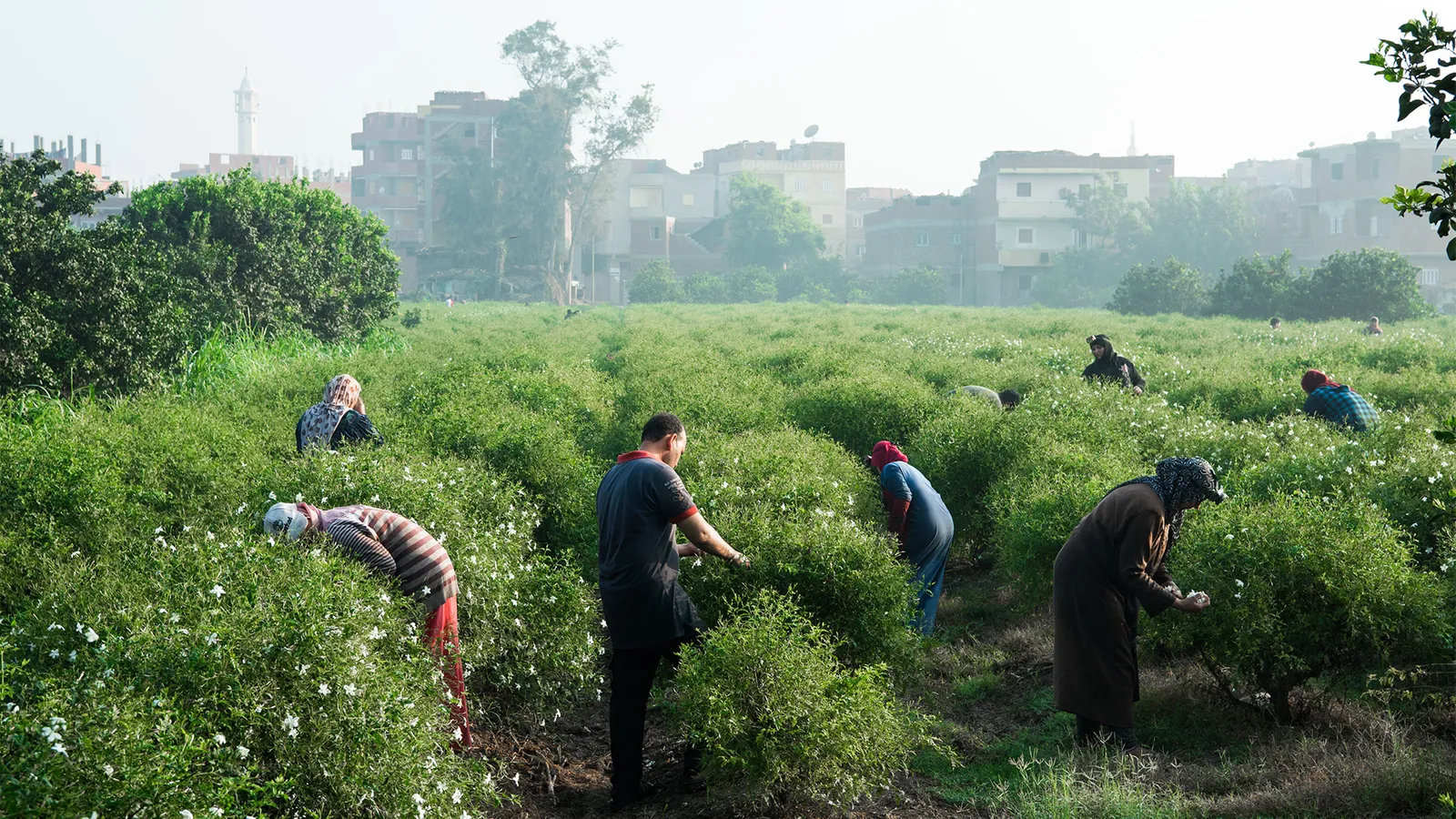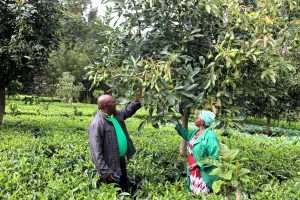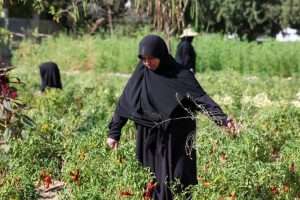Jasmine farmers in Egypt struggle as climate change cuts harvests

Jasmine Farmers in Egypt are struggling as the country’s increasingly hot summers cause jasmine harvests to fall dramatically.
Many farming families, who have worked in the industry for decades, are now leaving their fields as making a living becomes nearly impossible, reports the Arab Weekly August 26.
One of them is Waleed al-Sayed, who has worked in the jasmine fields for more than a decade. He says he has noticed the changes first-hand: the fragrance in the air has faded, and he now returns home with lighter baskets after each harvest.
Just 50 years ago, Egypt was producing 11 tonnes of jasmine for perfume makers around the world, now, that number has nearly halved to 6.5 tonnes.
Sayed and his family live in the heart of Egypt’s jasmine trade, nestled in the quiet mountain village of Shubra Beloulah 100km north of the capital.

Even in this fertile region, the long hotter summers have caused the flower to bloom less, reducing harvests. Prolonged high temperatures creating perfect conditions for pests like spider mites and leaf worms. additionally jasmine farmers also battle with rising water levels, as the Mediterranean sea affects soil salinity in the Nile Delta.
Waleed al-Sayed says his daily yield dropped from 11 kilos to just 6 in the previous two or three years.
Decreasing yields have caused many to leave the industry entirely, and deepened another problem in Egypt: Child labour. Families are increasingly calling upon their children to help with harvests, frequently forgoing sleep before the school day starts. Sayed is one of these farmers, bringing his wife and two children, just 9 and 10 years old, onto their 350 square-meter plot.
It’s a problematic situation, with the entire jasmine sector working longer hours in the fields due to labour shortages.
‘We have no other choice,” says Sayed.
The plight of jasmine farmers in the climate crisis comes at a steep cost for both farmers and the country’s economy.
Egypt’s largest processor, A Fakhry & Co say farmers like Waleed are responsible for half of the world’s supply of jasmine concrete; the waxy substance that perfume houses around the world use as a base for their fragrances. Jasmine concrete is a multi-billion dollar export.
Another farmer, 78 year old Ali Emara, who has picked jasmine since he was 12, says that summers have always been hot, but not like recent years.
Temperature changes create harder labour conditions, as Mohammed Bassiouny and his four sons have found it takes 8 hours to fill a simple basket.
Egypt is actually outpacing the average global increase in temperature, seeing a rise of 0.38°C between 2000-2020 according to The International Energy Agency
Quantity of product has markedly reduced, yes, but also the quality of jasmine scent which has a knock-on effect of the price exporters like Badr Atef at A Fakhry & Co can obtain for jasmine concrete.
The knock-on effect on farmers is dire according to Saker El Nour, a rural sociologist, saying that farmers don’t have a stake in the industry that relies on their hard labour.
Pure aromatic oil derived from jasmine concrete sells for around $6,000 per kilogram on the global market, whereas Egyptian farmers earn just $2 per kilogram. One tonne of flowers can create 3 kilos of concrete, however less than half of that amount in oil. That is just about enough for 100 bottles of perfume, a measly number for the intense labour required.
The Egyptian pound has lost two-thirds of its value since 2022, leading to high inflation and struggling families.
2024 saw pickers go on strike, demanding 150 pounds per kilogram, but the jasmine trade in Egypt is run by a small group of processors, who have little government regulation to deal with. This strike was successful but only for an increase of 10 pounds.
Farmers say they feel increasingly exploited. Their families struggle to cope with a weak economy, unfair prices set by powerful processors, and the mounting pressures of a worsening climate.
Arab Weekly plus agencies, Maghrebi.org
Want to chase the pulse of North Africa?
Subscribe to receive our FREE weekly PDF magazine














